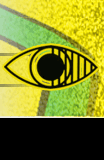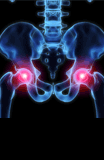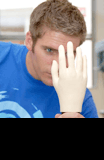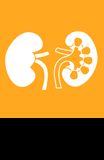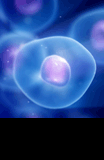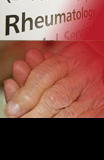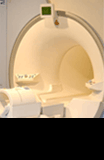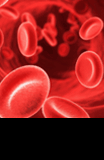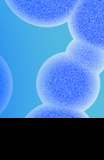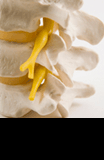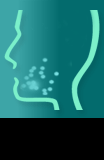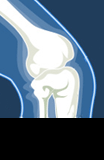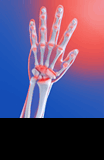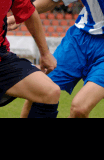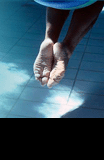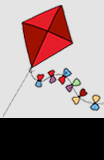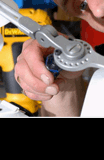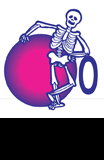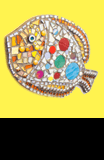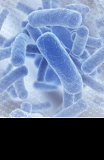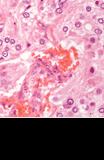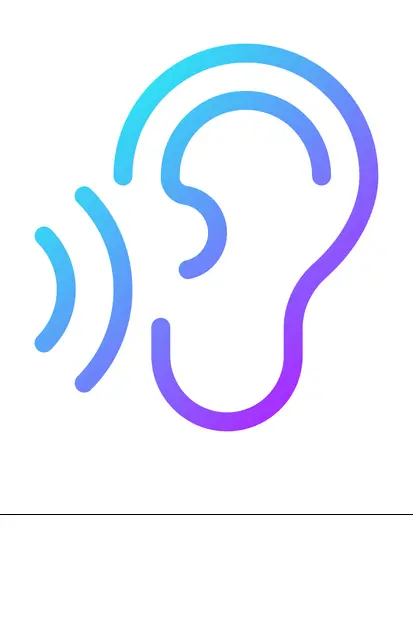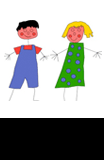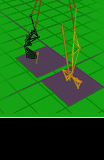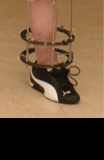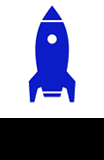Resources
This video from our Physiotherapists provides an excellent introduction to the causes, symptoms and initial management of UI:
Incontinence and Prolapse - Physiotherapy Advice
There are also some associated urinary symptoms:
Stress Incontinence (pdf) (OUH)
Stress Urinary Incontinence (IUGA)
The Overactive Bladder and Bladder Retraining (pdf) (OUH)
It is important that you have a good understanding of your condition and the options available for managing it. We are keen to help in any way possible, so please ask as many questions as you need.
When initially assessing your bladder function, it is helpful for us if you can complete a Bladder Diary in the days before your visit. This provides us with information about your fluid intake and output which can be helpful in diagnosing and treating your symptoms:
Bladder Diary (Word, 61 KB) (OUH)
Pelvic floor exercises and/or bladder training are frequently used as first-line treatments for UI. When undertaken consistently, these can be curative (or significantly improve symptoms) in many cases.
Non-Surgical Approaches to Managing Bladder Problems (IUGA)
We may recommend undertaking further specialist testing to help provide more information about your bladder function or structure.
Urine Free Flows and Bladder Scanning (pdf) (OUH)
Urodynamics - A Test to Find the Cause of Bladder Problems (pdf) (OUH
Further treatments for Urgency UI and Overactive Bladder are typically based on different medical therapies or nerve stimulation techniques.
Non-surgical treatment - Urinary incontince - nhs.uk
Low-Dose Vaginal Estrogen Therapy (IUGA)
Botox injections to treat overactive bladder (BSUG)
This procedure is not currently offered by OUH but we are able to refer patients to other hospitals if appropriate.
NICE guidance
The National Institute for Health and Care Excellence (NICE) provides national guidance and information on how UI should be managed.
When discussing available treatment options, we are likely to refer to the risks and benefits of each.
Urinary incontinence and pelvic organ prolapse in women: management (pdf) (NICE)
Surgery for stress urinary incontinence - Patient decision aid (pdf) (NICE)
Understanding how risk is discussed in healthcare (RCOG)
Attending for surgery and post-operative recovery
Preparing for Your Operation - Women's Day Surgery and Diagnostic Unit, Horton General Hospital (pdf) (OUH)
Major Surgery - Your Nursing Care, Recovery, and Getting Back to Normal (pdf) (OUH)
Recovery Guide After Vaginal Repair Surgery/Vaginal Hysterectomy (IUGA)
Pelvic floor repair operation (RCOG)
Sometimes additional protection is required for urinary leakage. In such cases, it is beneficial to select the correct type of pad and to cleanse the skin appropriately.




